When I first started blogging, I quickly realized that having the right tools can make a world of difference. You’ve probably heard the saying, “Work smarter, not harder,” and that’s exactly what the best blogging tools help you do.
Whether you’re just starting out or you’re a seasoned blogger looking to refine your process, having the right tools for the job can save you time, improve your content, and boost your blog’s performance.
In this article, I’ll walk you through some of the essential blogging tools that I’ve found incredibly useful and that I believe can help you take your blog to the next level. So, let’s dive in.
Disclaimer: If you buy any products through links on this site, I may earn a commission. But it doesn't make any difference to your cost, and it helps me keep this blog running. So you could always read my articles for free.
My favorite blogging tools
From writing and editing software to SEO optimizers and social media schedulers, these essential blogging tools will help you create high-quality content, attract more readers, and streamline your blogging process.
Unsplash
Unsplash is a free source of high-quality stock images. I often use it to download photos that I can then use in Canva to design blog post graphics, such as featured images, Pinterest pins, and YouTube thumbnails.
By providing a vast collection of high-quality, royalty-free images, Unsplash empowers bloggers to enhance their posts with stunning photography without any cost or legal concerns.
The platform’s extensive and diverse collection spans various genres, ensuring you can find the perfect image to complement any blog topic. With a simple, user-friendly interface, Unsplash makes it easy to search for and download images.
Snagit
Snagit is a fantastic blogging tool that makes capturing and editing screenshots a breeze.
Whether you want to highlight something important, create tutorials, or just make your posts more engaging, Snagit has you covered.
It offers easy-to-use editing features like adding text, arrows, and effects to your screenshots.
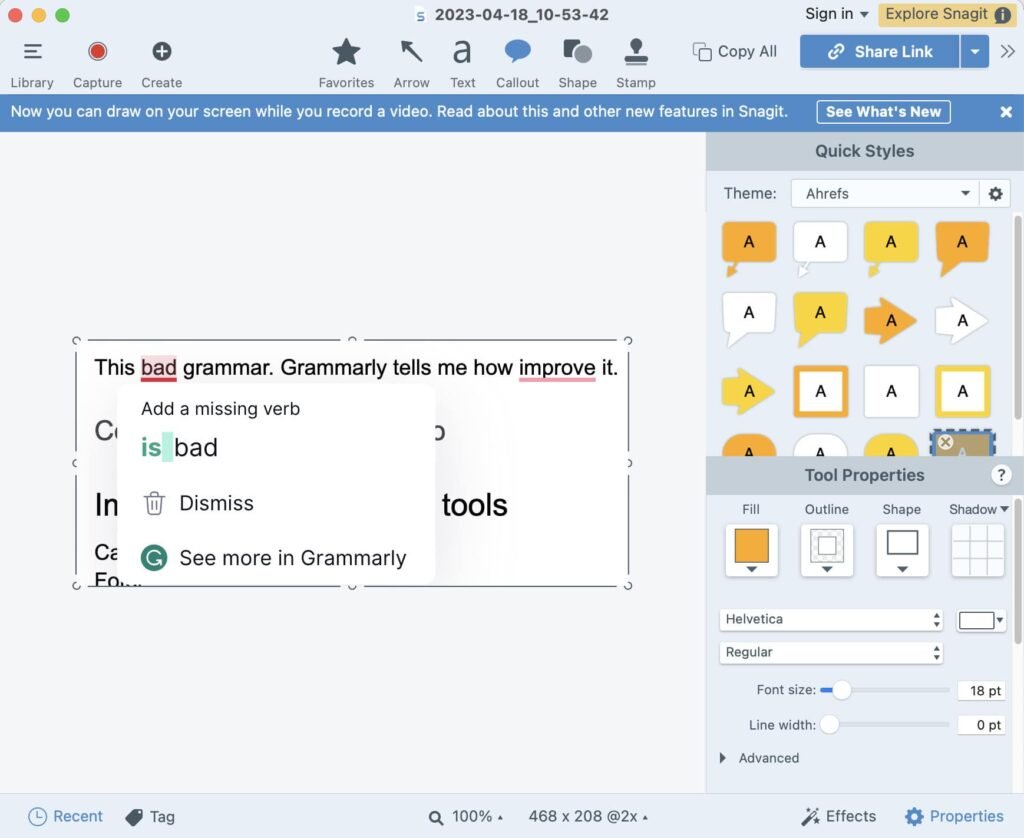
I have used several screen-capturing utilities over the years. And I have found this one to be the best. It helps me create images for my tutorial-style blog posts, as well as for the process documentation I create for my team members.
Buffer
Imagine setting up a week’s worth of posts in one go – that’s Buffer for you! Buffer is a social media scheduling tool.
It’s a super handy tool that helps you schedule and manage your posts across different social media platforms.
Plus, it gives you great analytics to see how your posts are performing, so you can tweak your strategy on the go.
Rank Math
Rank Math is an SEO WordPress plugin to optimize your pages and blog posts with the keywords you choose to target for them. As one of the essential blogging tools, it helps you rank near the top in search engine result pages for those keywords.
With RankMath, you get real-time suggestions on optimizing your content for better search engine rankings. The interface is user-friendly, and it integrates seamlessly with WordPress.
Rankmath also lets you configure meta tags, create sitemap files, and add robots.txt. These actions ensure that search engines like Google can crawl your blog effectively.
Ahrefs
Ahrefs is a complete SEO solution. It helps you understand what’s working in your niche and how to beat the competition.

With Ahrefs, you can do keyword research, track your rankings, and analyze your competitors’ backlinks. It even helps you find content ideas that people are searching for.
The insights you get from Ahrefs are invaluable for creating content that ranks high and drives traffic to your blog. It might seem a bit advanced at first, but once you get the hang of it, you’ll see incredible results!
Google Analytics
Google Analytics is a must-have tool for bloggers to understand their blog’s performance. And it’s free.
It gives you in-depth insights into your visitors, like where they’re coming from, what pages they love, and how long they stick around. You can see which posts are killing it and which ones need a boost.
Plus, it helps you track your goals and conversions, so you know what’s driving your success. It might look a bit overwhelming at first, but once you get the hang of it, you’ll wonder how you ever blogged without it!
SurferSEO
One of the relatively recent blogging tools, SurferSEO gives you the best chance of ranking high in search engines by analyzing the content that’s already ranking near the top.
By analyzing current Google search results, it generates a score that indicates how well your content is optimized when compared to those results.

The score is between 0 and 100 depending on the optimization level of your content. With SurferSEO, you can generate pre-optimized outlines. There is also a Chrome extension you can use to use SurferSEO features with Google Docs.
Notion
Notion is a fantastic productivity tool that helps you keep track of everything, from brainstorming sessions to publishing schedules.
You can create to-do lists, write drafts, store research, and even collaborate with others if you’re working in a team.
The best part? It’s super customizable. So you can set it up exactly how you like.
Google Docs
Google Docs is an amazing tool for writing and collaborating on your blog posts.

Using Google Docs, you can write, edit, and format your posts from anywhere since it’s all in the cloud. Plus, it’s perfect for collaboration—just share your document, and you and your team can work on it together in real-time.
The built-in blogging tools like spell check and word count are super handy, and you can easily insert links, images, and comments. It’s free, easy to use, and makes the whole blogging process a lot smoother.
WordPress.org
WordPress is a highly customizable content management system (CMS) that lets you build and design your blog, as well as publish content online.
It’s open source, highly customizable, and SEO-friendly. This means you can modify your blog any way you like with the right plugins, or by hiring a WordPress developer.
With WordPress, you can select from thousands of themes to make your blog look exactly how you want. It’s super easy to use, even if you’re not tech-savvy, and there’s a huge community of users ready to help if you ever get stuck.
Plus, with all the plugins available, you can add extra features to your blog with just a few clicks.
Google Trends
Using Google Trends, you can see what people are interested in in real time, so you can jump on trending topics and attract more readers to your blog. This makes it one of the best tools for bloggers.
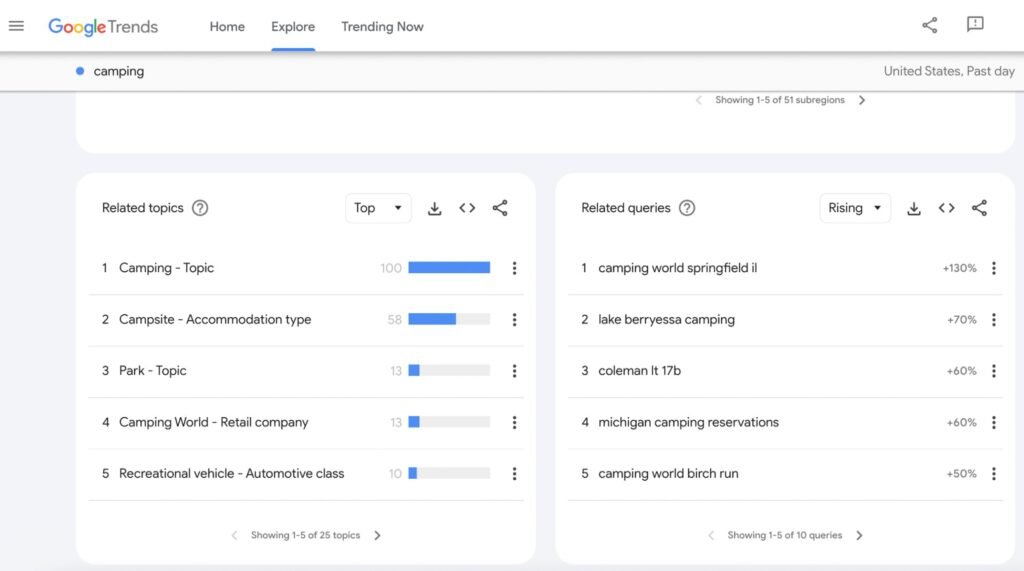
Plus, it helps you understand how search interest changes over time, so you can plan your content calendar accordingly.
Grammarly
Having Grammarly is like having a personal editor right in your browser, catching those pesky mistakes before they embarrass you. Plus, it gives suggestions for clearer, more concise writing, helping you level up your content game.
With its handy browser extension, Grammarly seamlessly integrates into your writing process, making sure every word you type is polished to perfection. And it’s compatible with both WordPress and Google Docs.
Hemingway App
If you’re writing as an expert on a complex subject, it can be hard to put yourself in the shoes of a beginner and know if your writing is easy to understand.
Hemingway is a blog writing tool that grades your work using the Flesch-Kincaid Grade Level. This nifty tool highlights complex sentences, passive voice, and unnecessary adverbs, helping you streamline your writing for maximum impact.
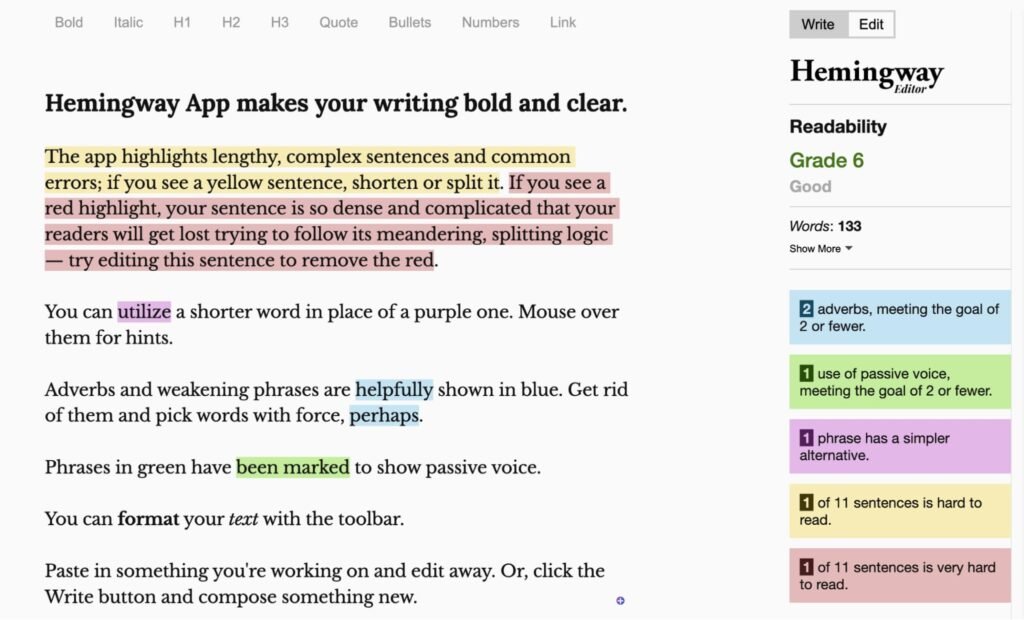
Whether you’re drafting a blog post or polishing up your About Me page, Hemingway Editor makes it easy to tighten up your writing and captivate your audience.
ConvertKit
ConvertKit is an intuitive email marketing automation program. With ConvertKit, you can create beautiful, customizable opt-in forms and landing pages to attract subscribers like bees to honey.
Plus, it makes it easy to segment your contacts and send relevant emails that resonate with your readers.
And with its robust analytics, you can track your campaign performance and make accurate decisions to grow your audience and boost your blog’s success.
Google Search Console
Google Search Console is a blogging tool that lets you track and troubleshoot your blog posts’ ranking in search engine result pages.
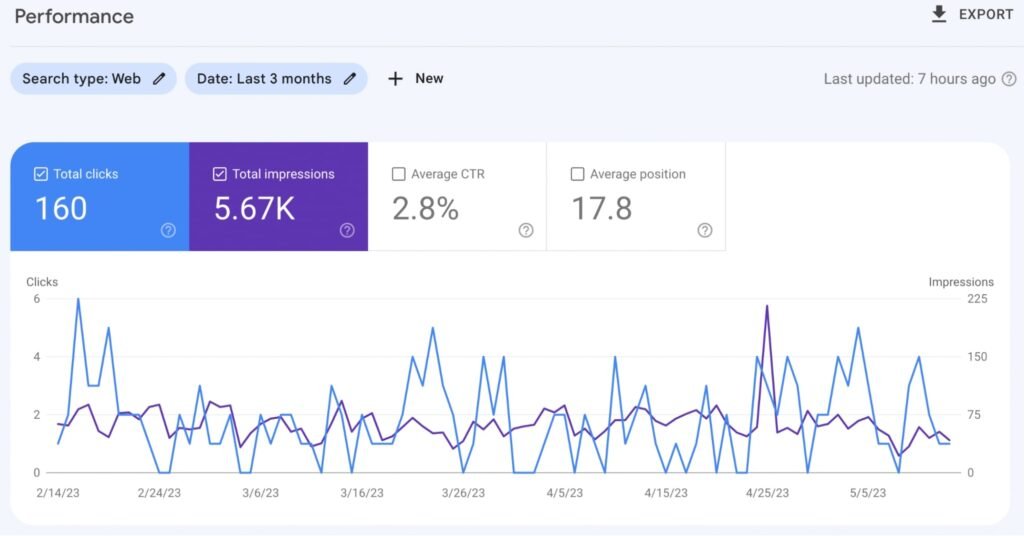
With Search Console, you can track your search traffic, see which keywords are bringing visitors to your blog, and fix any technical issues that might be holding you back.
Plus, it gives you insights into how Google is crawling and indexing your site, so you can optimize your content for better visibility. It’s a must-have tool for any blogger serious about SEO.
You can also use it to identify pages whose Google rankings and traffic are declining. Head over to the “Performance” tab and compare the last 3 months to the previous. You’ll see pages that can use a content update.
Canva
Canva is a drag-and-drop graphic design tool. I use it to design featured images for my blog posts and social media photos for distribution.
With Canva, you can create eye-catching blog headers, social media graphics, and Pinterest pins in minutes – no design skills are required.
There are thousands of templates, fonts, and images you can choose from to make your blog stand out from the crowd. Plus, it’s super easy to use, with a drag-and-drop interface that even technophobes can master.
Whether you’re a DIY blogger or running a professional website, Canva has everything you need to make your content look polished and professional. And with its mobile app, you can design on the go and never miss an opportunity to wow your audience.
Loom
Loom is a screen recording tool. With Loom, you can record videos of yourself explaining concepts, giving tutorials, or sharing behind-the-scenes glimpses of your blogging process.
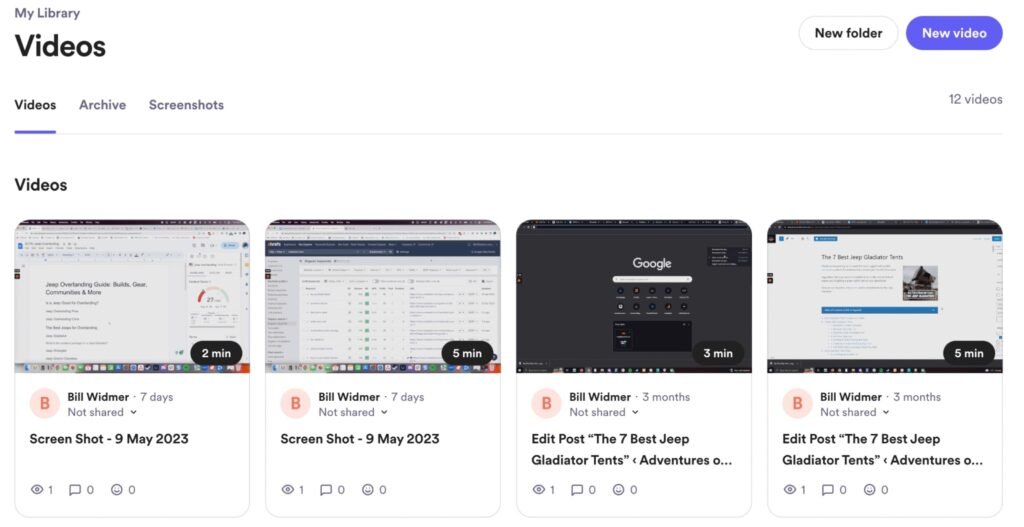
It adds a human touch to your content, making your audience feel like they’re chatting with a close friend instead of reading a blog post. Plus, it’s super easy to use – just hit record, talk through your ideas, and share the link with your readers.
I use it to create tutorials to help my freelancers and employees learn standard operating procedures. So it’s a must-have tool for bloggers who manage a team of writers.
Bottom line
As we wrap up our exploration of essential blogging tools, I hope you’ve found some valuable insights that can help you on your blogging journey.
These tools have made a huge difference for me, streamlining my workflow and enhancing the quality of my content.
Now it’s your turn to put these tools to the test and see how they can elevate your blog.
Did I miss anything? Did you try these tools? Do you have any questions or comments? Share your thoughts below in the comments section.





